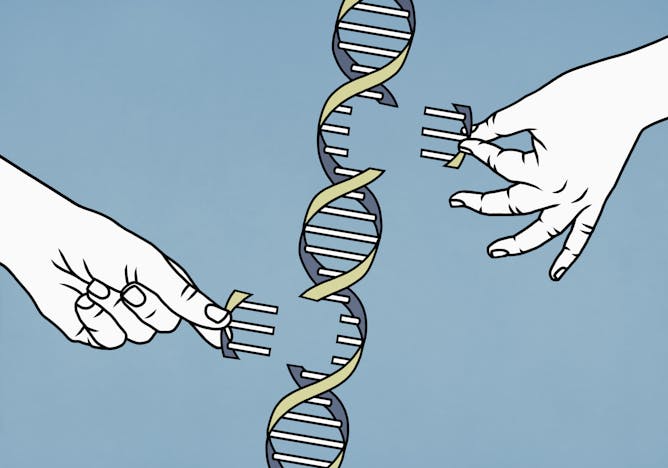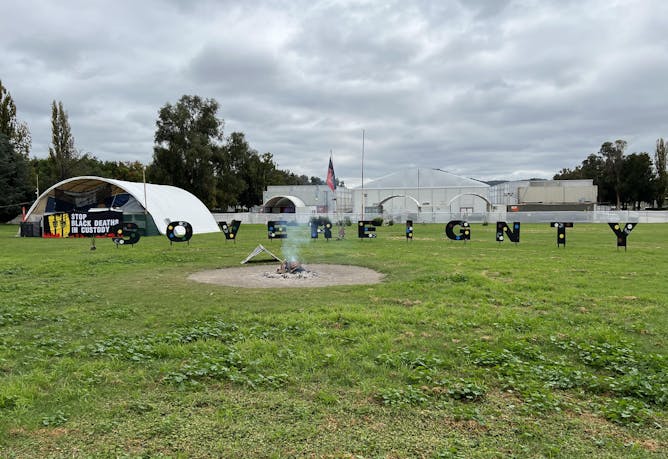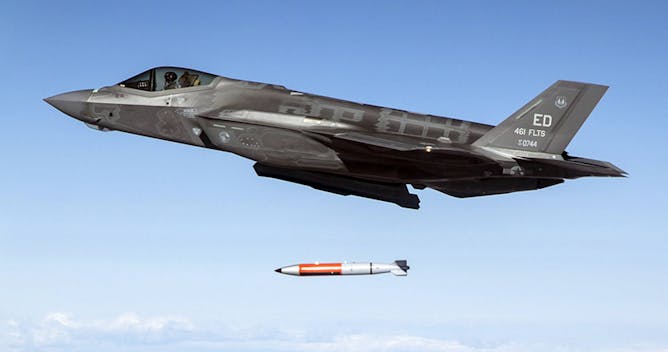|
Mapping out the billions of building blocks that make up our genetic code is no small feat. When the Human Genome Project first embarked on this project, technological limitations left researchers with large gaps in the final genetic sequence. By the end of the project in 2003, only 92% of the genome was actually complete – excluding stretches of repetitive DNA segments of unclear function.
Scientists have published that remaining 8%. And now, they can put that genetic “dark matter” under the microscope. Gabrielle Hartley of the University of Connecticut was part of the team of scientists that helped uncover these repetitive sequences. She explains how these missing pieces fit into the genomic puzzle of the human body.
This year, the Aboriginal Tent Embassy celebrates its 50th continuous year of occupation. It is the site of the longest protest for Indigenous land rights, sovereignty and self-determination in the world.
To mark this anniversary, Conversation editor Carissa Lee interviewed Indigenous researchers for The Conversation Weekly podcast about the enduring place the Tent Embassy plays in the fight for land rights and justice in the country. The episode forms part of the UK/AU Season 2021-22, a joint initiative by the British Council and the Australian Government’s Department of Foreign Affairs and Trade.
|

Gabrielle Hartley, University of Connecticut
Advances in technology have enabled researchers to sequence the large regions of repetitive DNA that eluded the Human Genome Project.
|

Gemma Ware, The Conversation; Daniel Merino, The Conversation; Carissa Lee, The Conversation
Plus, new research into how the COVID-19 pandemic is affecting the lives of young people born into poverty around the world.
|
|
|
-
Michael Williams, University of Virginia
The constantly changing COVID-19 rules can be frustrating. But this pandemic is like no other public health crisis in history. It is better to think of the virus and US responses the way we think about hurricanes.
-
Loren B Landau, University of the Witwatersrand; Jean Pierre Misago, University of the Witwatersrand
Ending violence against foreigners can only happen by first recognising – and addressing – the hazards of South Africa’s crumbling system of indirect rule.
-
Yohann C. Ripert, Stetson University
Considering its decolonised diplomatic journey, Senegal has defined what it means to achieve sustainable independence in 62 years of nationhood.
|
|

Miles A. Pomper, Middlebury; Vasilii Tuganov, Middlebury
Both the Russian and US arsenals boast thousands of nuclear weapons, located in various places around their own countries and, for the US, in Europe as well.
|
|
|
-
Natasha Lindstaedt, University of Essex
There are reports of very low morale among Russian troops in Ukraine.
-
Olayinka Ajala, Leeds Beckett University
African countries’ decision to avoid condemning Russia for its invasion of Ukraine was not based only on issues directly connected to the conflict.
|
|